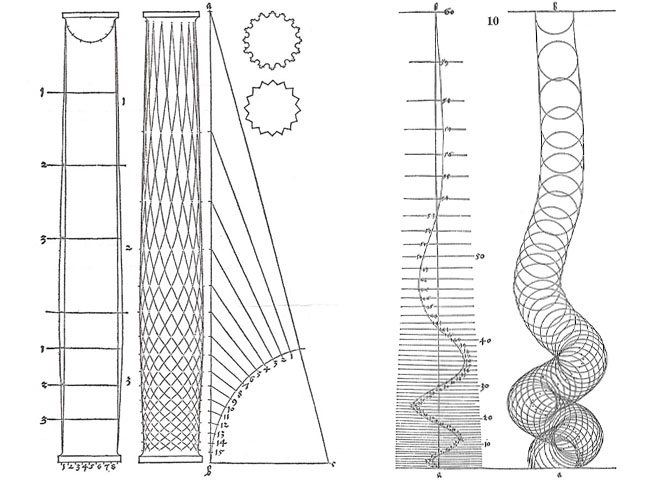
This course will present geometry in a historical perspective by succesively studying three of its layers:
- elementary geometry with a ruler and a compass
- superior geometry that makes use of other instruments to solve probelms such as the cube duplication, the trisection of the angle or the quadrature of the circle
- later geometries, initiated by non-mathematician architects to solve representaion problems in perspective, before the projective geometry of Desargues and the descriptive geometry of Monge.
The main thread of the course is mainly historical, with a specific emphasis on the interferences between the development of the mathematical and geometrical disciplines.
Concepts such as commensurability or symmetry will be placed in the context of both disciplines by examining texts and demonstrations.
Moreover, this course supposes a very strong homology between geometrical theorems and the associative and parametric project. One like the other need an explicit definition of a hypothesis from which variable consequences can be deduced out of the modification of its initial data.
This course is therefore an introduction to the parametrical culture, which will be explored even more in the 2nd year in the digital stereotomy course, and in 3rd year as a baccking course to the construction course.